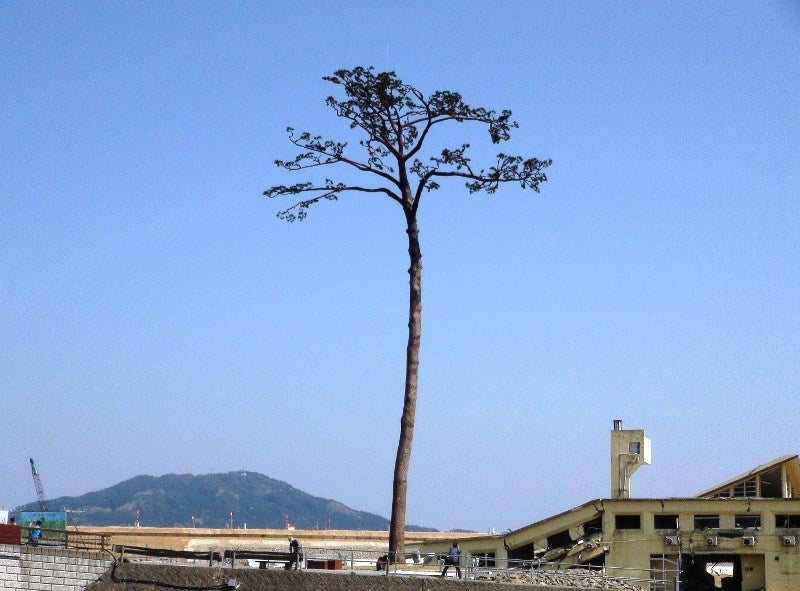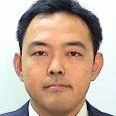Also available in:
Russian

In disaster risk management, we often pay close attention to the latest technological boosts to better understand risks and help communities prepare for the next disaster. While such efforts are commendable, I noticed that insightful messages from our ancestors can also help us better anticipate tomorrow’s disaster risks.
Such messages teach us how to keep hazards away from people (reducing existing risks) as well as how to keep people away from hazards (avoid creating new risks). On my latest trip to Japan, we hosted government officials from Armenia, Kyrgyz Republic, and Tajikistan as part of an experts’ visit focusing on disaster risk management, acting on Japan’s rich culture of passing on such decisive messages to future generations.
In Japan, information on natural hazards seems ubiquitous. For example, Aneyoshi—a small village in disaster-prone Iwate Prefecture on Japan’s northeastern coast—was hit by a tsunami in 1896 that killed more than 60 people, with only two survivors. It was hit again in 1933 with another tsunami that killed more than 100, with only four survivors. After being struck by two tsunamis less than 40 years apart, the village rebuilt on higher ground, heeding the warning engraved on a small, centuries-old stone monument:
“Do not build your homes below this point!”
The stone now serves as a memorial to those who passed away and continues to teach life-saving lessons to future generations. Thanks to this monument, the gigantic waves from the 2011 Great East Japan Earthquake went all the way up Aneyoshi’s hilly coast and stopped at 90 meters, before the stone monument, leaving households and buildings unharmed.
Beyond Japan, these messages from the past are not only conveyed through engravings on monuments and Kanji characters in neighborhood names, but also in the form of oral tradition.
In Indonesia, a closer look at the impact of the notorious tsunami from the 2004 Indian Ocean earthquake revealed something unusual: Banda Aceh, located 250 kilometers from the epicenter, suffered the worst losses with an estimated death toll of 167,000 (out of a population of 300,000). Meanwhile, Simeulue, an island just 40 km from the epicenter, only suffered seven casualties (out of 78,000 residents) although it was hit by the tsunami less than 10 minutes after the shaking.
Why? Some attribute this to a local lullaby often sung by parents to their babies, which includes the following advice:
“… If a strong earthquake is followed by the lowering of sea water, please hurry to a higher place…”
Many say this song has been sung since Simeulue villagers experienced the massive tsunami of 1907. At first, this may appear to be an alarming and inappropriate lullaby to sing when you want your baby to go to sleep peacefully. But seeing how many people on the island were saved by following this advice, I have realized it can also be perceived as the most loving, caring, and thoughtful message to instill in children.
Back in Japan, the Hyogo Prefecture, which was severely affected by the Great Hanshin-Awaji Earthquake in 1995, has put forth tremendous efforts in recording, documenting, and remembering the experience from the disaster, and passing appropriate warnings onto future generations to avoid such tragic losses again. During the Central Asia Earthquake Risk Reduction Forum in October 2015, the governor of Hyogo highlighted four themes to guide the prefecture in going forward: “never forget,” “disseminate,” “utilize,” and “prepare.” One of the outreach tools the prefecture is using to raise awareness on seismic risks is the construction of the Great Hanshin-Awaji Earthquake Memorial in Kobe.
At the national level, Japan has spearheaded the “One Day Before (the disaster) Project” to document and disseminate the responses of disaster survivors to the question, “What would you do if you were to go back to the day before the disaster?” The aim is to share the lessons of survivors and encourage further discussions and efforts for disaster reduction and prevention.
At the World Bank, the Tokyo Disaster Risk Management Hub under the Global Facility for Disaster Reduction and Recovery (GFDRR) is also amplifying Japan’s rich experience—as well as its impressive knowledge transfer systems—in disaster risk management through the Japan – World Bank Program on Mainstreaming Disaster Risk Management in Developing Countries.
When you have a minute, take a look around and think: What messages have your ancestors left to protect you?



Join the Conversation